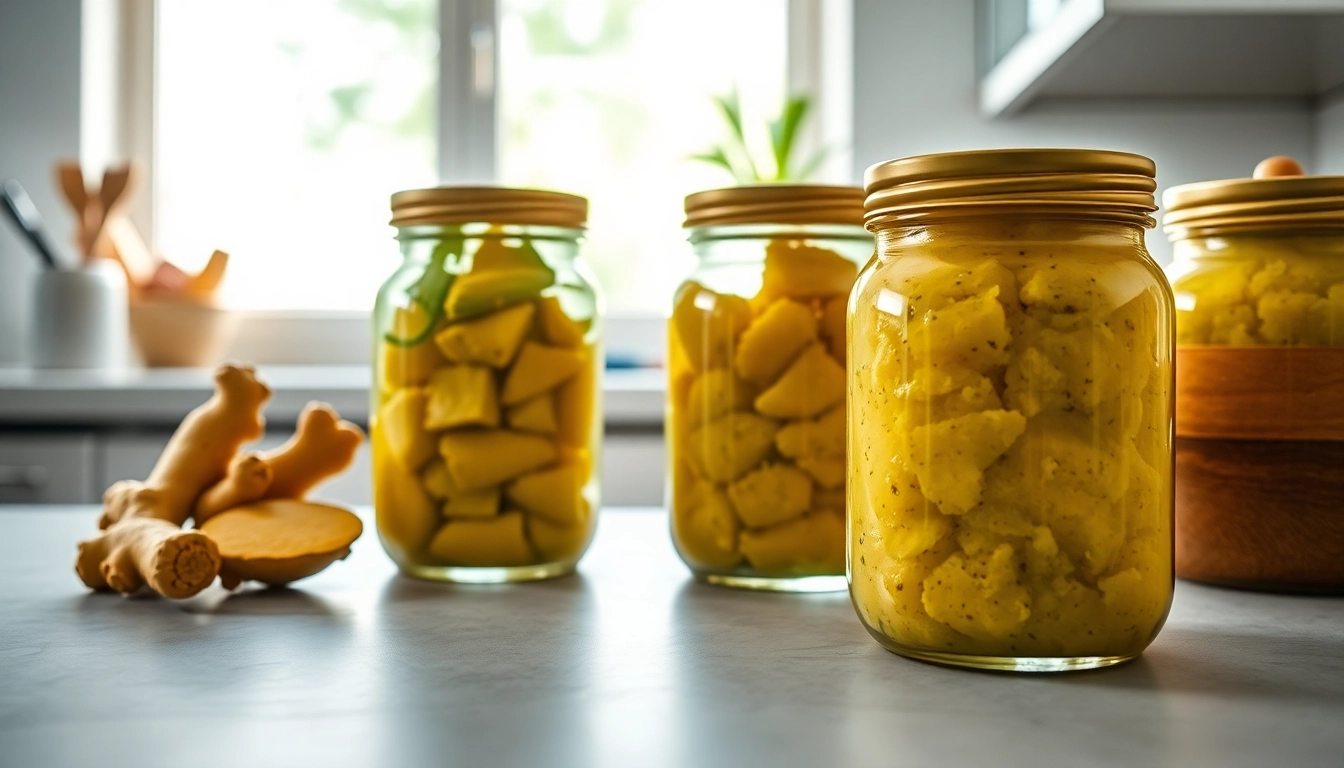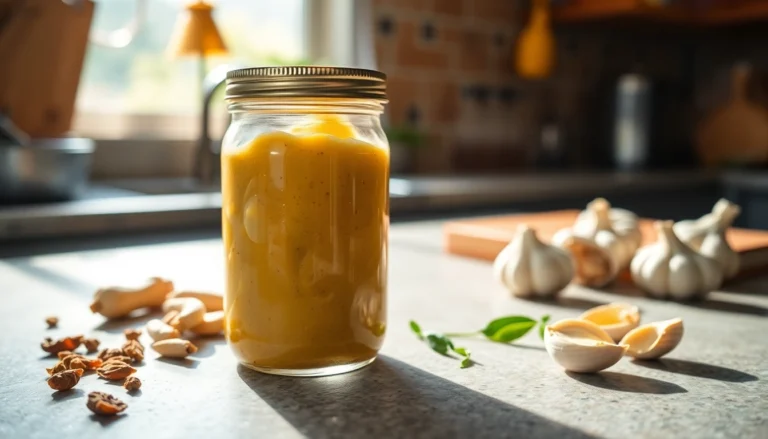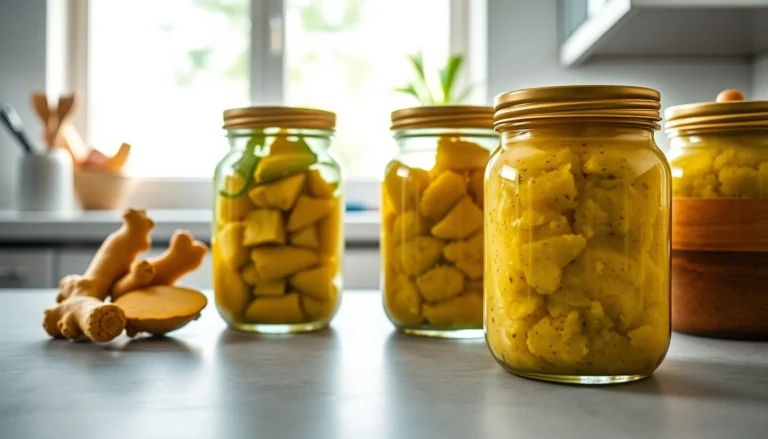
Understanding Ginger Paste: Quality and Applications
Ginger paste has become an indispensable ingredient in modern kitchens worldwide, thanks to its convenience, rich flavor, and versatility. Whether used in traditional recipes or contemporary fusion dishes, high-quality ginger paste enhances the overall culinary experience. As a leading manufacturer and exporter of authentic food products, Ginger Paste sourced from trusted suppliers ensures consistency, potency, and safety in every batch.
At its core, ginger paste is a processed form of fresh ginger, ground into a smooth, homogeneous paste that retains the pungency and aroma of fresh ginger. Its applications span across various cuisines—Indian, Chinese, Thai, Middle Eastern, and beyond—serving as a base for curries, soups, marinades, and sauces.
Choosing the Right Ginger Paste for Your Kitchen
Factors to Consider: Freshness, Packaging, and Certifications
When selecting ginger paste, quality assurance is paramount. Freshness is crucial because it directly impacts flavor and shelf life. Opt for products that are packaged in airtight containers to prevent oxidation and microbial contamination. Certifications such as ISO, HACCP, and Organic certifications signify adherence to stringent manufacturing standards, ensuring product safety and authenticity.
Comparing Different Types of Ginger Pastes in the Market
The market offers varieties such as organic ginger paste, peeled ginger paste, and hybrid formulations fortified with preservatives or flavor enhancers. Organic options are ideal for health-conscious consumers seeking free-from chemicals. Consumers should scrutinize ingredients lists, ensuring minimal additives and preservatives. Price points may vary, but investing in authentic, certified ginger paste guarantees superior taste and health benefits.
Storage Tips to Maintain Freshness and Flavor
To prolong shelf life and preserve flavor, store ginger paste in a cool, dry place away from direct sunlight. Once opened, refrigeration is recommended, ideally within a sealed container. Usage within the specified best-before date is essential to maintain quality. For bulk purchases, consider freeze portions to avoid repeated thawing and refreezing.
Benefits of Using High-Quality Ginger Paste
Health Benefits and Nutritional Value
Ginger is renowned for its medicinal properties—rich in gingerol, it exhibits anti-inflammatory, antioxidant, and digestive benefits. Using high-quality ginger paste preserves these bioactive compounds, which aid in reducing nausea, alleviating muscle pain, and boosting immunity. Studies indicate that ginger may also contribute to lowering blood sugar and cholesterol levels, making it a functional ingredient in health-focused diets.
Enhancing Flavor and Aroma in Various Cuisines
Ginger paste provides a concentrated, aromatic punch that elevates dishes with less effort than fresh ginger. It imparts a warm, spicy flavor, and its consistent quality ensures uniform taste across preparations. For chefs and home cooks alike, this translates to reliable results and enhanced culinary creativity.
Cost-Effectiveness and Convenience for Food Preparation
Pre-processed ginger paste reduces preparation time, eliminating peeling and grating. It minimizes wastage and ensures portion control. Economically, purchasing in bulk from trusted exporters like Spice Nest, which offers certified products, provides long-term savings and consistent quality, vital for large-scale food manufacturing as well as households.
Integrating Ginger Paste Into Your Cooking Routine
Step-by-Step Recipes Using Ginger Paste
Ginger paste can be seamlessly incorporated into a myriad of recipes. For example, a simple ginger garlic chicken marinade involves mixing ginger paste, garlic paste, turmeric, chili powder, and yogurt. Sautéing ginger paste with onion and tomatoes forms the base for rich curries such as Indian butter chicken or Thai green curry. Its versatility allows it to be used in soups, stir-fries, and even baking.
Creative Uses: Snacks to Main Courses
Beyond traditional dishes, ginger paste can be used innovatively—adding a teaspoon to smoothies for a zing, mixing into salad dressings, or infusing into baked goods like gingerbread. For snacks, a dab of ginger paste enhances flavor in DIY chutneys or spicy dips. The key is balancing its heat with complementary ingredients.
Tips for Incorporating Ginger Paste in Daily Meals
Start by substituting fresh ginger with ginger paste in your regular recipes to save time. Use pivotal quantities—generally 1 teaspoon of paste replaces a 1-inch piece of fresh ginger. Adjust according to taste preferences. Incorporate ginger paste early in the cooking process to maximize its flavor release and aromatic impact. Finally, pairing it with garlic, turmeric, and lemon unlocks profound flavor profiles.
Where to Source Authentic Ginger Paste
Trusted Manufacturers and Exporters in India
India is renowned for its spices and allied products, with brands like Spice Nest leading the industry. As the largest manufacturer and exporter, Spice Nest ensures that their ginger paste meets international quality standards, with certifications validating purity, non-GMO status, and organic compliance. Their extensive presence at major food exhibitions such as Biofach underscores their commitment to quality and innovation.
Certifications and Quality Assurance
Manufacturers like Spice Nest hold certifications including ISO 22000, HACCP, and Organic Certification, assuring customers of safety, hygiene, and authenticity. These standards involve rigorous testing, batch traceability, and adherence to sustainable sourcing practices. Customers can confidently purchase ginger paste, knowing it complies with food safety norms globally.
Ordering and Packaging for Bulk and Retail Customers
Bulk purchasers, such as food manufacturers and exporters, can specify packaging options—from large drums to consumer-friendly jars. Retail consumers benefit from airtight bottles, ensuring freshness over longer periods. Ordering directly from reputable exporters guarantees high-quality products, reliable supply chains, and competitive pricing.



